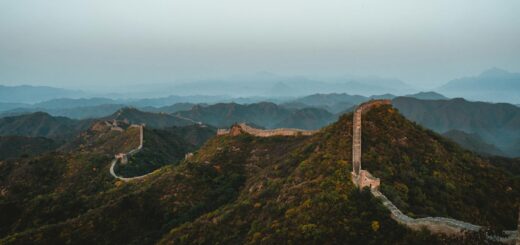Journey into the Past: Unmasking the Use of Psychedelics in Ancient Cultures
Deep within the tapestry of human evolution runs a vibrant thread, entwined with our comprehension of the mystic and the divine. It is in the rich hues of this thread that we find the use of psychedelics in various ancient civilizations. Spanning continents and epochs, this potent mix of spirituality, shamanism, and psychoactive substances forms an oft-overlooked portion of human heritage.
In many ancient cultures, the use of these hallucinogenic substances, often termed as “entheogens”, played a key role in religious rites, healing rituals, and indigenous practices. These entheogens were typically plant-based and were hailed for their capacity to induce altered states of consciousness facilitating a deeper communion with the divine realm.
Indigenous cultures in the Americas were amongst the earliest recorded civilizations employing the use of plant medicine in their rituals. The Aztecs of Mexico, for example, used Peyote, Morning Glory seeds, and Psilocybin mushrooms in their spiritual practices. Peyote buttons were often consumed in religious rites to facilitate visions and spiritual journeys. The Peyote’s mind-altering effects were considered a divine gift, allowing individuals to communicate with their gods.
Across the Atlantic, in the Old World, the practice was not entirely different. The ancient Greeks held a mysterious ceremony called the Eleusinian Mysteries, presumed to be centered around the consumption of an entheogenic brew called “Kykeon”. This potion was believed to lead the initiates into profound spiritual experiences. Researchers like Albert Hofmann, R. Gordon Wasson, and Carl Ruck, pioneers in the study of psychedelics, put forward the Ergot theory suggesting Kykeon was possibly made of ergot, a psychoactive fungus which is a natural source of LSD.
In the high peaks of the Himalayas, the Vedic civilization of ancient India also held a similar entheogen in high regard. “Soma” was a sacred drink consumed in Vedic rituals and its hymns are filled with verses celebrating its intoxicating attributes. Scholars believe Soma was derived from a plant, its true identity lost in antiquity. Some theories propose that it might have been a psychedelic mushroom similar to the Amanita muscaria.
Shamanism plays a significant role when it comes to the use of psychedelics across a myriad of cultural traditions. Shamans, as mediators between the human and the spirit world, often utilized these substances to facilitate their spiritual journeys. For instance, Siberian shamans commonly used the Amanita muscaria mushroom, while Amazonian shamans used Ayahuasca vine in their healing and divination practices.
Some tribes in Africa have also traced their use of entheogens back to antiquity. The ancient Bwitists of Gabon consumed the bark and roots of the Tabernanthe Iboga plant in their coming-of-age ceremonies and as a rite to communicate with ancestors. It was here that Iboga gained its revered status as a powerful tool for personal introspection.
It’s crucial to remember that the use of psychedelics was not merely recreational in these cultures. Rather, they were part of sacred traditions, bound by religious and societal rules. They were respected for their power to alter the perception of reality and held sacred due to their ability to heal and transform.
In conclusion, the connection between ancient cultures and psychedelics is a fascinating facet of human cultural and spiritual evolution. Understanding this link is not just about appreciating the past, but also about acknowledging the potential of these substances for therapeutic and self-enlightening purposes. As we today on the brink of a psychedelic renaissance, a deeper understanding of our ancestors’ relationship with these substances may guide us to use them responsibly for the betterment of the human psyche.


